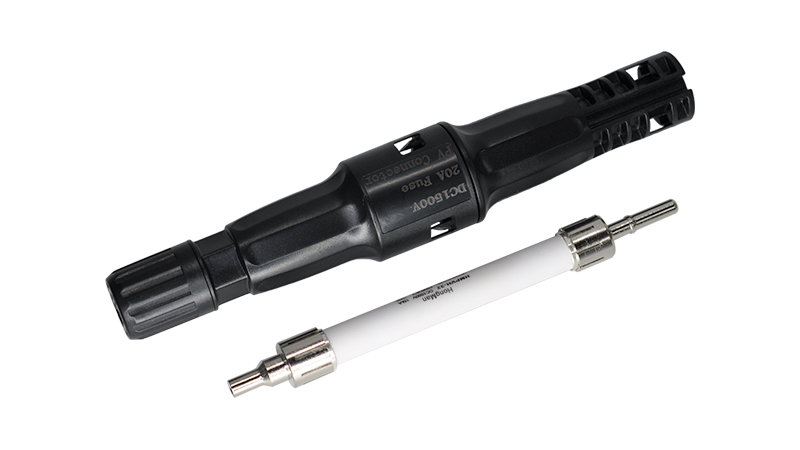Protect system security: photovoltaic fuse connectors can protect the solar photovoltaic system from overcurrent and short circuit, ensuring the safe operation of the system.
Prevent electrical failure: In the event of an electrical failure, the photovoltaic fuse connector can quickly cut off the current, prevent the spread of the fault, and protect the system from damage.
Improve system reliability: photovoltaic fuse connectors can improve the overall reliability of the solar system to ensure long-term stable operation of the system.
Simplified installation and maintenance: The design of photovoltaic fuse connectors is simple, easy to install and maintain, saving installation time and cost, and improving installation efficiency.
Adapt to harsh environments: photovoltaic fuse connectors usually have high protection levels, such as IP68, which can adapt to various harsh environments to ensure stable operation of the system in outdoor environments.
In summary, the use of photovoltaic fuse connectors can improve the safety and reliability of the solar system, protect the system from electrical failures, and ensure the long-term stable operation of the system.

Preparation: Ensure that the solar photovoltaic system is turned off and no current is flowing to ensure safety.
Stripping: Use a wire stripper to peel off the outer skin of the cable to expose a certain length of wire. Usually, the stripping length needs to be determined according to the specifications of the connector.
Insert wire: Insert the stripped wire into the wire end of the connector, ensuring that the wire is fully inserted inside the wire end of the connector.
Crimping: Use wire crimping pliers to press the wire end of the connector to ensure that the connection between the wire and the wire end is firm and there is no loose phenomenon.
Check the connection: Check that the connection between the wire and the wire end is strong and ensure that there is no loose or exposed wire.
Connect to the solar panel: Connect the cable with the wire end to the corresponding port of the solar panel, ensuring that the connection between the connector and the solar panel port is secure.
Fixed connection: As required, use screws or jigs to fix the connector on the solar panel to ensure the stability and reliability of the connection.
Turn on the system: After completing all connections, you can turn on the solar photovoltaic system again and check whether the system is working properly.
In addition, this connector is designed to ensure a safe and reliable connection between solar panels and inverters, battery storage systems or other photovoltaic system components, and is suitable for a variety of solar applications, including large-scale solar photovoltaic systems.
You can also contact us directly in the following ways: visit, telephone, email